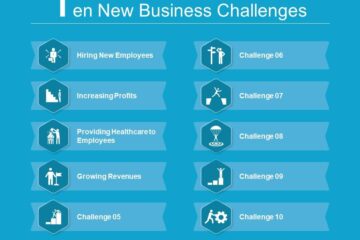The IMF expects U.S. economic growth of 2.2 percent in 2016, a downgrade from 2.4 percent it forecast in April. But the Fund maintained its outlook for growth to recover to 2.5 percent in 2017, with inflation rising slowly toward the Federal Reserve’s goal of two percent, it said in a statement at the conclusion of its annual review of U.S. economic policies.
The statement showed the Fund now views the dollar as overvalued by 10 percent to 20 percent, based on real effective exchange rates against a broad range of global currencies.
IMF Managing Director Christine Lagarde told a news conference that was not the result of currency manipulation by U.S. trading partners to gain export market share, but of global uncertainty causing a rush into dollar assets.
“The appreciation of the dollar in the last 12 months is probably attributable to the level of uncertainty that there is around, as well as to variations of commodity prices that often have a direct impact on the valuation of the dollar relative to other currencies,” she said.
She also cautioned against “abrupt” interest rate hikes by the Federal Reserve, saying that the Fund believed the U.S. central bank should make stability its highest priority, with gradual, well-communicated hikes.
She said any Fed move should be data-driven and “be supportive of the economy and that it not be such that a reversal be required.”
The IMF identified four key challenges to U.S. growth: declining labor force participation as the population ages, declining productivity growth, an increasingly polarized society with income gains concentrated among the wealthiest Americans, and too many people living in poverty.
The IMF cited U.S. census data showing 46.7 million people, or 15 pct of Americans now live below the poverty line, including 1 in 3 households headed by women.
It urged U.S. policymakers to take steps to increase labor force participation, including improving child-care and other family-friendly benefits to draw more women into the workforce, pursuing immigration reforms and reworking the disability insurance program to allow for recipients to do part-time work.
It also called for the United States to raise the federal minimum wage while at the same time providing a more generous earned-income tax credit, and improving early childhood education.




